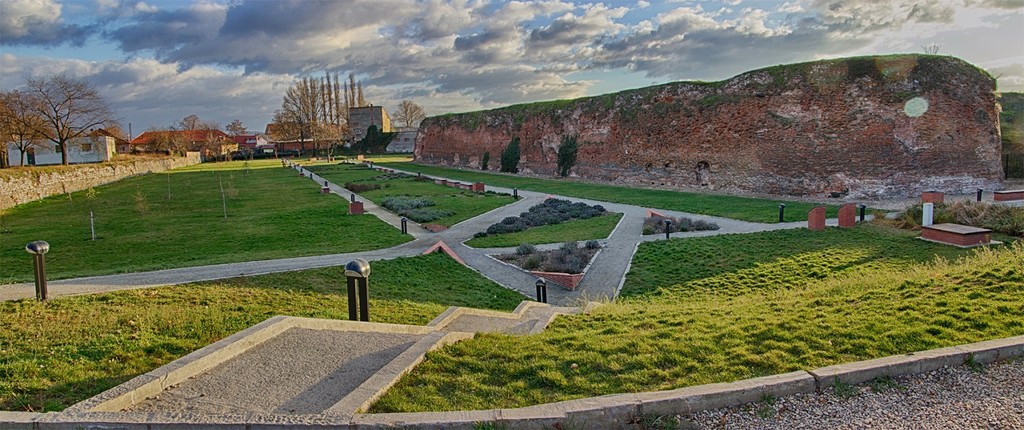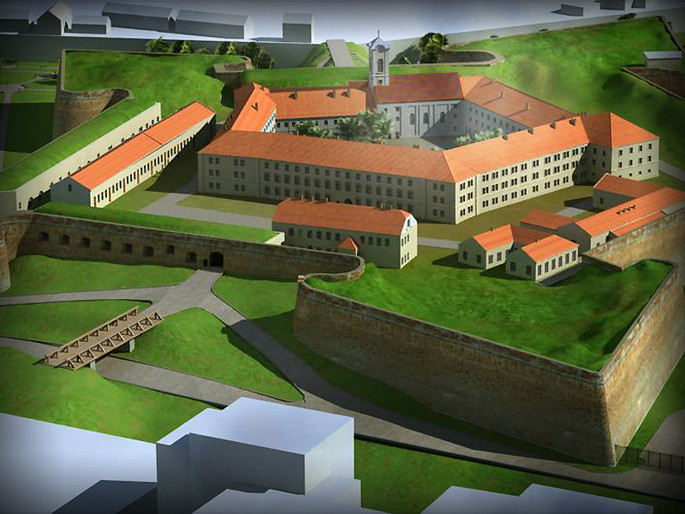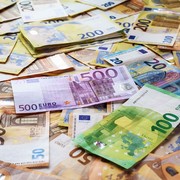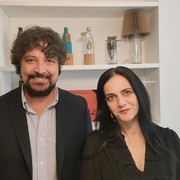The Oradea Citadel is the best preserved citadel in Europe built in the Renaissance style. It was erected between the years 1077-1095 by King Ladislau I. In the beginning it was a fortified monastery, later it was transformed into a citadel, which became the headquarters of the Roman-Catholic Diocese of Oradea.
The Oradea Citadel used to be surrounded by a mote filled with water, which was one of the reasons it was so hard to conquer. The mote was 120 feet wide and very deep. The water that filled it came from the River Cris. The citadel is the shape of a pentagon and its walls are 10 m high and 2.5 m thick. It also had 5 bastions, each with its own gate, captain and sentries. Although in other citadels, the bastions communicated with each other, in Oradea, they did not.

In 1192, King Ladislau I was sanctified and the citadel (the place where he is buried) became a pilgrimage place. Between the years 1342 and 1370, two brothers from Cluj-Napoca, sculpted statues of the three canonized Hungarian kings: Stephen I, Ladislau I and Emeric.
The same brothers created the equestrian statue of Ladislau I in 1390, which was done at the command of King Sigismund of Luxemburg. In 1401, Pope Boniface the 9th gave the cathedral in the Citadel of Oradea a special status, which matched that of the church San Marco in Venice and of Santa Maria Portiuncula in Assisi. Due to this, the citadel started to receive pilgrims from all over Europe.
The Golden Age of the citadel was in the 15th century, when it was an important center for Central-Eastern European Humanism and Renaissance. For the last 5 years, the Citadel of Oradea has undergone a process of restoration that was finalized last Christmas. The city’s Christmas fair was organized in the citadel and there were wonderful Christmas carols, folk dances and demonstrations of traditional customs.
Sources:
http://www.welcometoromania.ro/Oradea/Oradea_Cetate_r.htm
http://www.oradea.ro/cetatea-oradea/istoric/istoric-cetatea-oradea.html



















